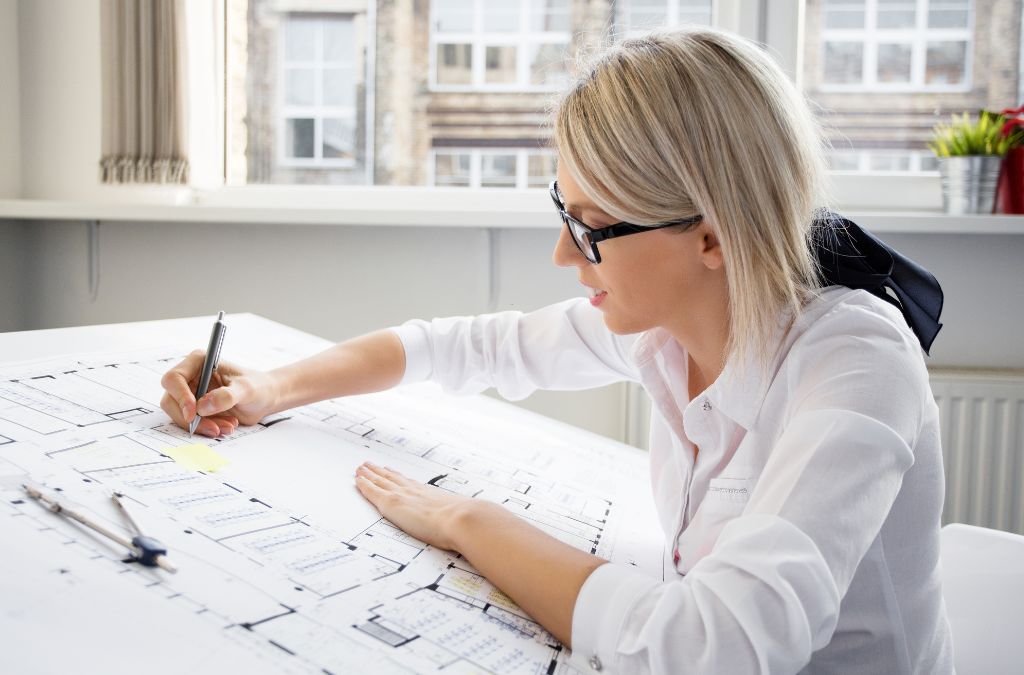-
Table of Contents
- Innovative Architects: Pioneering Trends in Design
- Sustainable Design
- Green Buildings
- Net-Zero Energy Buildings
- Adaptive Reuse
- Case Study: The High Line, New York City
- Case Study: Tate Modern, London
- Parametric Design
- Case Study: The Beijing National Stadium
- Case Study: The Heydar Aliyev Center, Baku
- Smart Buildings
- Case Study: The Edge, Amsterdam
- Case Study: One Central Park, Sydney
- Biophilic Design
- Case Study: Amazon Spheres, Seattle
- Case Study: Pasona Urban Farm, Tokyo
- Conclusion
Innovative Architect: Pioneering Trends in Design
Architecture has always been a reflection of society’s values, technological advancements, and cultural shifts. In recent years, a new wave of innovative architects has emerged, pushing the boundaries of design and redefining the built environment. This article explores some of the pioneering trends in contemporary architecture, highlighting the work of visionary architects who are shaping the future of our cities and communities.
Sustainable Design
Sustainability has become a cornerstone of modern architecture. Architects are increasingly focused on creating buildings that minimize environmental impact and promote energy efficiency. This trend is driven by the urgent need to address climate change and reduce carbon footprints.
Green Buildings
Green buildings incorporate eco-friendly materials, energy-efficient systems, and sustainable construction practices. Examples include the Bullitt Center in Seattle, often referred to as the “greenest commercial building in the world,” and the Bosco Verticale in Milan, which features vertical forests that improve air quality and biodiversity.
Net-Zero Energy Buildings
Net-zero energy buildings produce as much energy as they consume, often through renewable sources like solar panels and wind turbines. The Edge in Amsterdam, a highly sustainable office building, is a prime example. It uses smart technology to optimize energy use and has achieved a net-zero energy status.
Adaptive Reuse
Adaptive reuse involves repurposing existing structures for new uses, preserving historical and cultural heritage while reducing the need for new construction. This approach is gaining popularity as cities seek to balance growth with sustainability.
Case Study: The High Line, New York City
The High Line is a prime example of adaptive reuse. This elevated railway track was transformed into a public park, providing green space and revitalizing the surrounding neighborhoods. The project has inspired similar initiatives worldwide, demonstrating the potential of adaptive reuse to create vibrant urban spaces.
Case Study: Tate Modern, London
The Tate Modern, housed in a former power station, is another notable example. The transformation of this industrial building into a world-class art museum has preserved its historical significance while providing a dynamic cultural venue.
Parametric Design
Parametric design leverages advanced computational tools to create complex, organic forms that were previously impossible to achieve. This approach allows architects to explore new aesthetic possibilities and optimize building performance.
Case Study: The Beijing National Stadium
Also known as the “Bird’s Nest,” the Beijing National Stadium is a striking example of parametric design. Its intricate steel lattice structure was designed using parametric modeling, resulting in a visually stunning and structurally efficient building.
Case Study: The Heydar Aliyev Center, Baku
Designed by Zaha Hadid, the Heydar Aliyev Center features fluid, curvilinear forms that challenge traditional architectural conventions. Parametric design tools enabled the creation of this iconic structure, which has become a symbol of modern architecture.
Smart Buildings
Smart buildings integrate advanced technologies to enhance functionality, comfort, and efficiency. These buildings use sensors, automation systems, and data analytics to optimize operations and improve the user experience.
Case Study: The Edge, Amsterdam
The Edge is often cited as the smartest building in the world. It uses a network of sensors to monitor and control lighting, temperature, and energy use. Employees can customize their workspaces through a smartphone app, enhancing productivity and comfort.
Case Study: One Central Park, Sydney
One Central Park features a range of smart technologies, including automated shading systems and a central energy plant. The building’s innovative design includes vertical gardens that improve air quality and provide natural insulation.
Biophilic Design
Biophilic design seeks to connect people with nature by incorporating natural elements into the built environment. This approach has been shown to improve well-being, reduce stress, and enhance productivity.
Case Study: Amazon Spheres, Seattle
The Amazon Spheres are a striking example of biophilic design. These glass domes house thousands of plants, creating a lush, indoor rainforest. The Spheres provide a unique workspace that fosters creativity and well-being.
Case Study: Pasona Urban Farm, Tokyo
Pasona Urban Farm integrates agriculture into an office building, with crops grown throughout the workspace. This innovative design promotes sustainability and provides employees with a direct connection to nature.
Conclusion
Innovative architects are at the forefront of transforming the built environment. Through sustainable design, adaptive reuse, parametric design, smart buildings, and biophilic design, they are creating spaces that are not only functional and aesthetically pleasing but also environmentally responsible and conducive to well-being. These pioneering trends are shaping the future of architecture, offering new possibilities for how we live, work, and interact with our surroundings.
